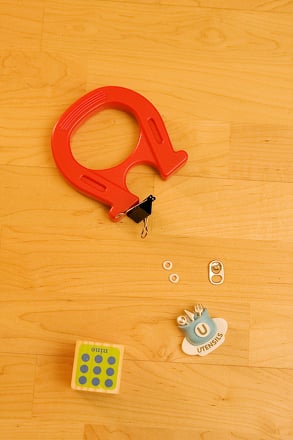Activity
Investigate Magnetic Attraction
From a very early age, most kids see magnets in action, especially on refrigerators or whiteboards at home and school. Being literal thinkers, they frequently conclude that magnets “stick” to paper because magnets hold papers onto the fridge. Here's a way for your kindergartener to expand that knowledge and find out more about what magnets really do and don't do. This simple science experiment also helps children to practice following directions, make predictions about events, and draw conclusions. Not to worry about that fridge, of course—the magnets will still hold those papers up for years to come. But now, your young scientist will have a better understanding than ever of why that is so.
Grade:
Subjects:
Thank you for your input.
What You Need:
- Collection of refrigerator magnets
- Strong magnet (you can find really good magnets in the science section of most toy stores)
- Assorted metal objects such as nuts, washers, bolts, or nails (look for objects made of aluminum or iron at your local hardware store)
- Aluminum foil
- Aluminum paper clips
- Can tabs from soft drink cans
- Small piece of paper
- Cotton ball
- Pennies
- Wooden block
- Piece of plastic such as the lid from a marker
- 2 large pieces of construction paper in two different colors
- Pencil and/or markers
What You Do:
- Use the construction paper pieces and the markers to make two recording sheets. Write the heading “Magnets Attract” on the top of the paper. Divide the piece of paper into two columns, label one column “Yes” and label the other column “No”. Repeat the same process for the second piece of paper. Select one piece of paper to represent the prediction page and the second color to be the results page.
- Show your child the refrigerator magnets and ask him to tell you what types of things he thinks the magnet will "attract" (stick to).
- Show your child the assortment of objects you've collected and tell him that he is going to experiment to find out which objects are attracted to magnets.
- Show your child the first recording sheet and tell her to predict which objects will be attracted to the magnet. Allow your child to place the objects on the recording sheet. If needed, help her write the names of the objects in the correct column on her recording sheet. For example, if your child placed the paper in the "Yes" column, she would write the word “paper” in that column on the recording sheet.
- Give your child a strong magnet and tell him that now he will test each object to find out if his predictions were correct. Show him the other recording sheet and tell him that he will place each object in the correct column after testing it. Once the experiment is finished, have your child write the names of the objects in the correct columns on the recording sheet.
- Allow your child to compare his predictions with the results of the experiment. After testing the objects, your child will notice that all of the objects on the “Yes” side are made of metal. Ask your child if magnets are attracted to all metal objects. He will notice that there are some metal objects on the “no” side of the recording sheet. Tell your child that magnets are only attracted to metal objects made of iron.
Related learning resources

Make a Magnetic Menorah
Activity
Make a Magnetic Menorah
Help your child craft a magnetic menorah that they can safely "light" themselves!
1st Grade
Activity
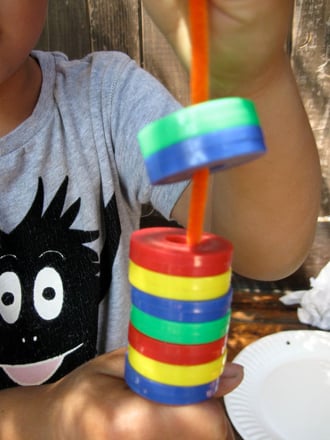
Magnet Art
Activity
Magnet Art
Help your kindergarten or first grade child use his creativity to make a beautiful magnetic patterned structure while discovering the wonders of magnets.
Kindergarten
Science
Activity
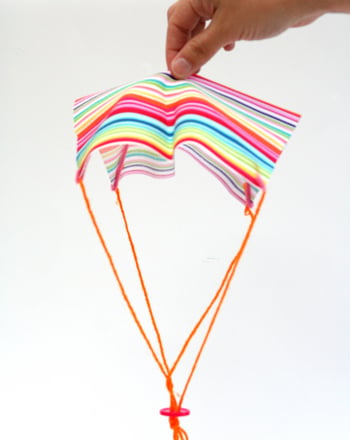
Make a Parachute Toy
Activity
Make a Parachute Toy
Plus, it gives kids an excuse to investigate and experiment...the backbone of kindergarten science.
Kindergarten
Science
Activity
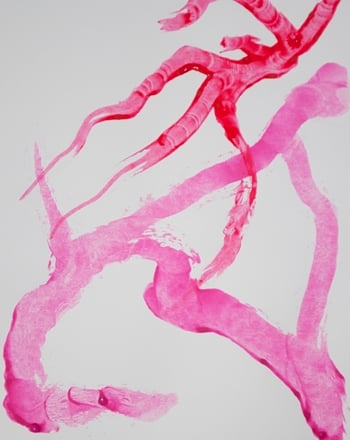
Make a Magnet Painting
Activity
Make a Magnet Painting
...kindergarten, science, magnets, magnetic attraction...
Kindergarten
Science
Activity
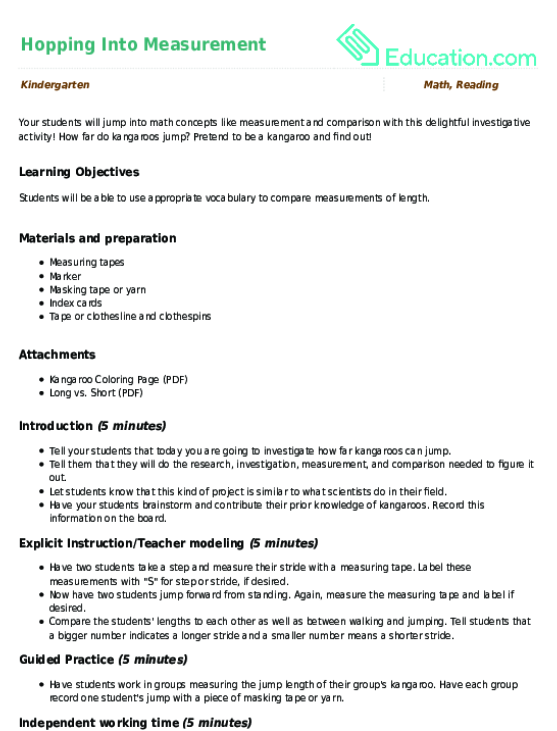
Hopping Into Measurement
Lesson plan
Hopping Into Measurement
...Tell your students that today you are going to investigate how far kangaroos can jump....
Kindergarten
Math
Lesson plan
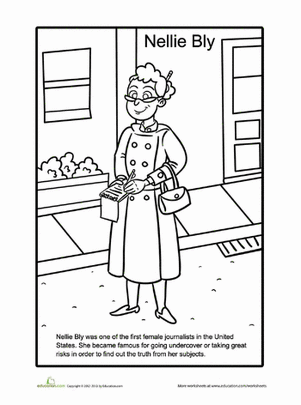
Nellie Bly Coloring Page
Worksheet
Nellie Bly Coloring Page
This investigative reporter was not only broke barriers as a woman in a male-dominated field, she revolutionized the world of journalism!
1st Grade
Social studies
Worksheet

Magnet Magic
Lesson plan
Magnet Magic
...Wave a magnetic wand over the box and show them how only some objects are attracted to the wand.
Tell them how only magnetic objects are attracted to the wand....
Preschool
Science
Lesson plan
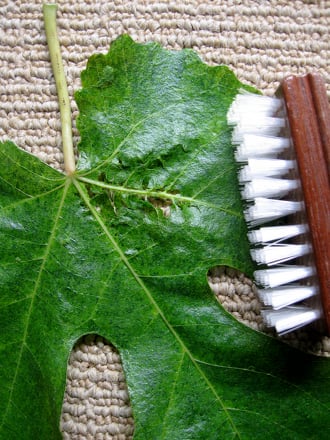
Leaf Skeleton
Activity
Leaf Skeleton
...Making a leaf skeleton helps the curious kid investigate and study the structure of a leaf....
Kindergarten
Science
Activity
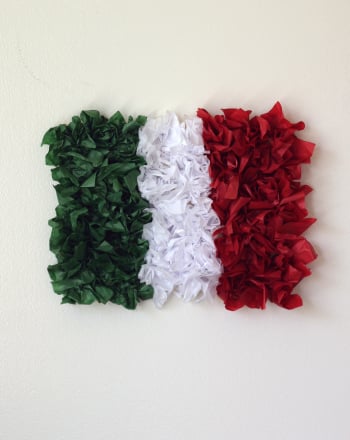
Create a Tissue Paper Mexican Flag
Activity
Create a Tissue Paper Mexican Flag
...
Tip: If you use magnetic list pads as the backing for these tissue paper flags, then your child can display them on the refrigerator or any magnetic surface...
Kindergarten
Activity
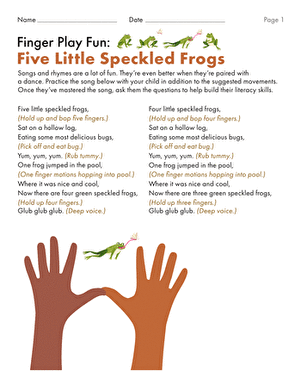
Finger Play Fun: Five Little Speckled Frogs
Worksheet
Finger Play Fun: Five Little Speckled Frogs
...Discussion prompts at the end invite children to investigate the song for its rhyming words and beginning sounds....
Preschool
Worksheet
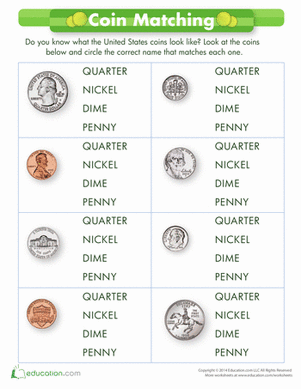
Coin Names
Worksheet
Coin Names
...To make this more hands-on, pull out some real coins for him to investigate as he goes!
money math, coin recognition, coin names, coins, spelling, sight words...
Kindergarten
Worksheet
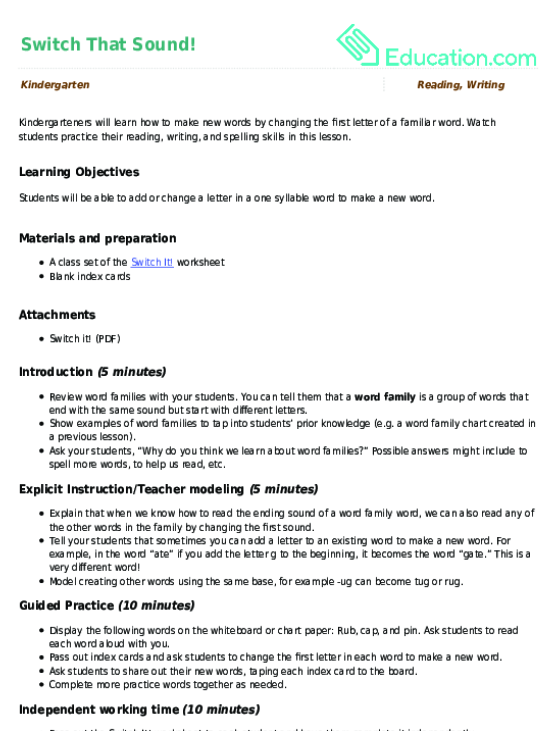
Switch That Sound!
Lesson plan
Switch That Sound!
...and have students place each magnetic letter in front to see if it makes a new word)....
Kindergarten
Lesson plan


